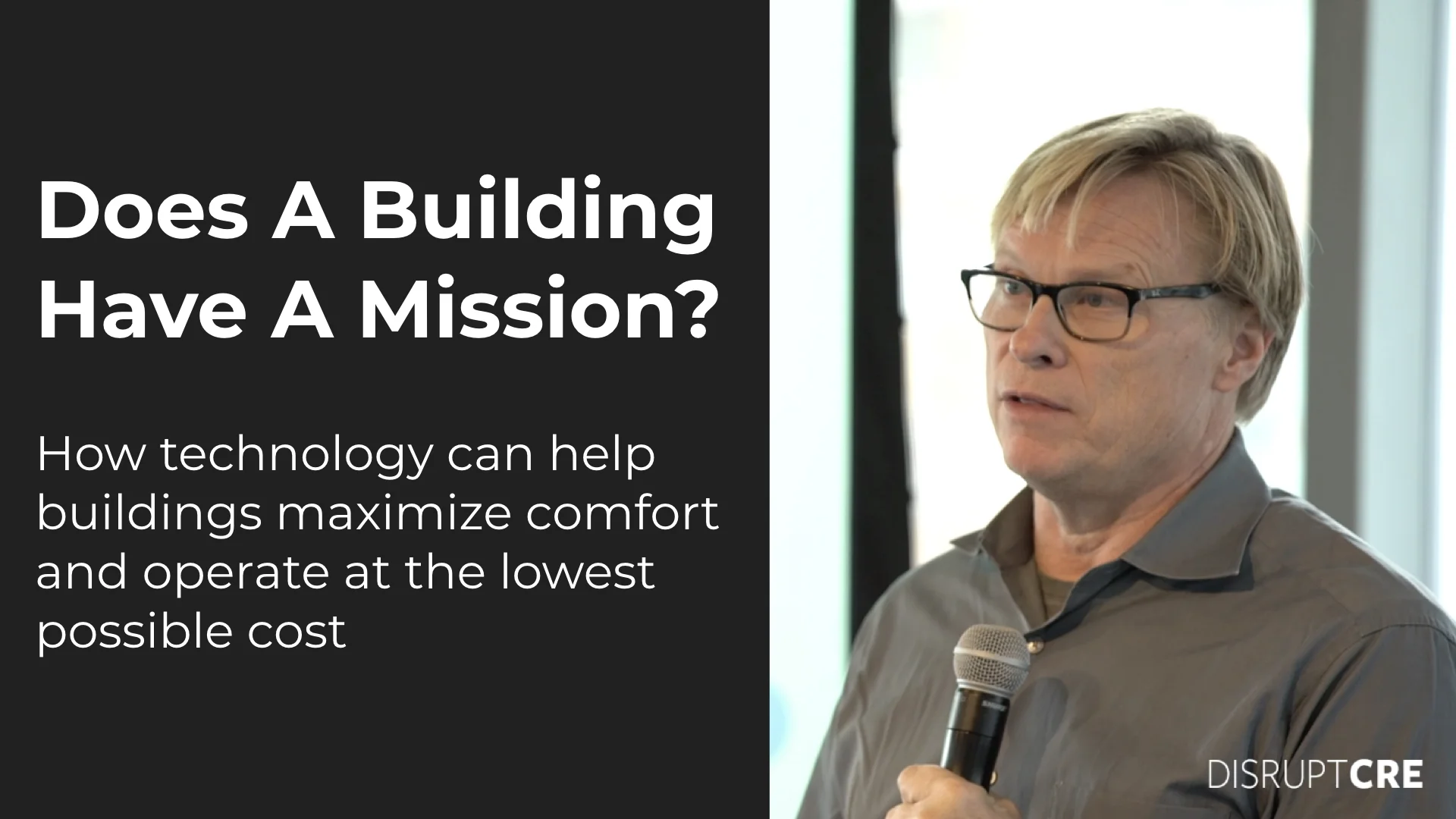<— BACK TO OFFICE TALKS
Shannon Smith: Does A Building Have A Mission?
Published Nov. 2018
Buildings need to have a mission. Shannon Smith, CEO of PointGuard says the mission of a building is not to save energy but rather to serve occupancy comfort. Smith shares how to weaponize your building management system by harnessing the wealth of data it holds and turn it into meaningful insights.
SHARE VIDEO:

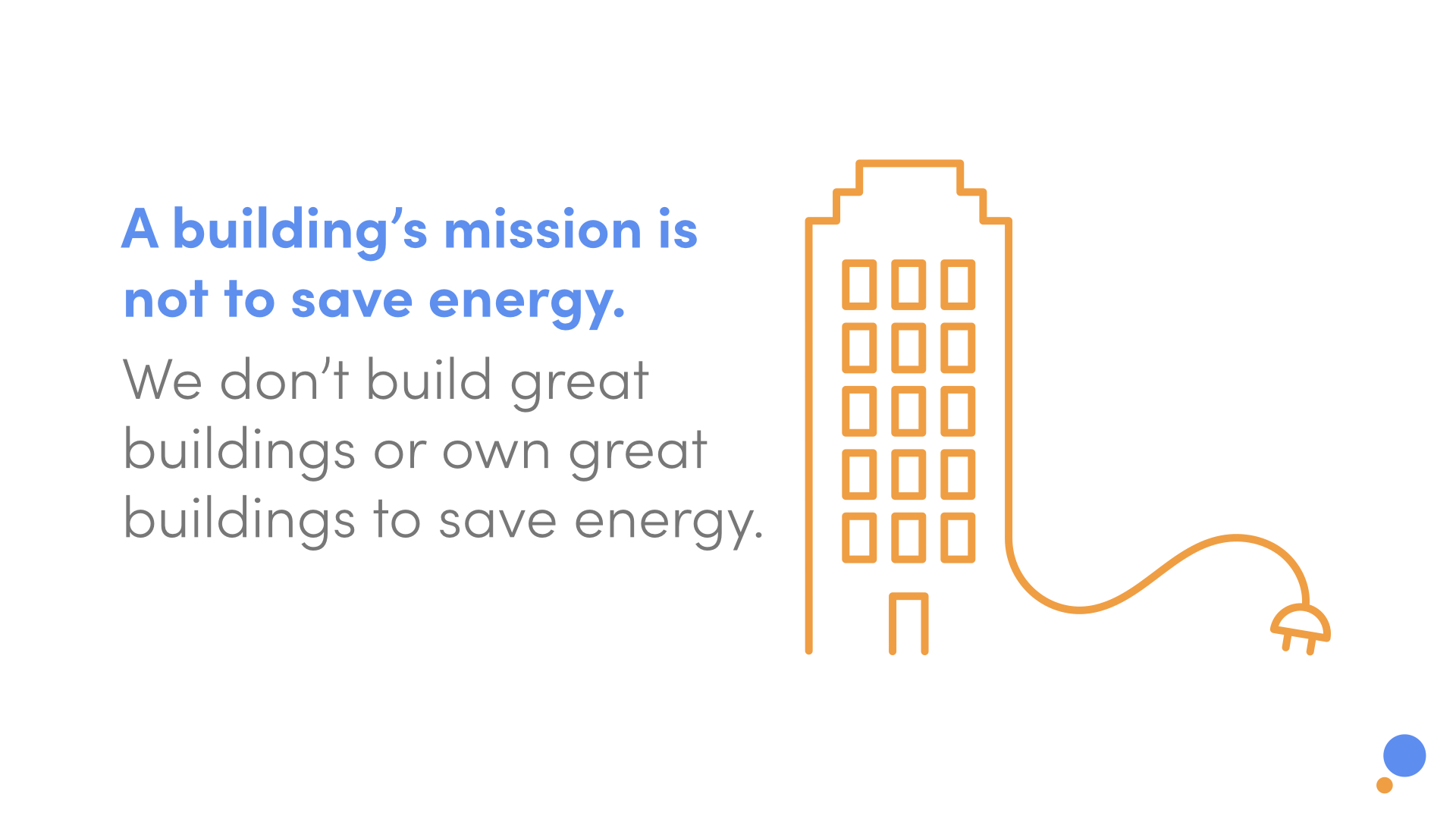
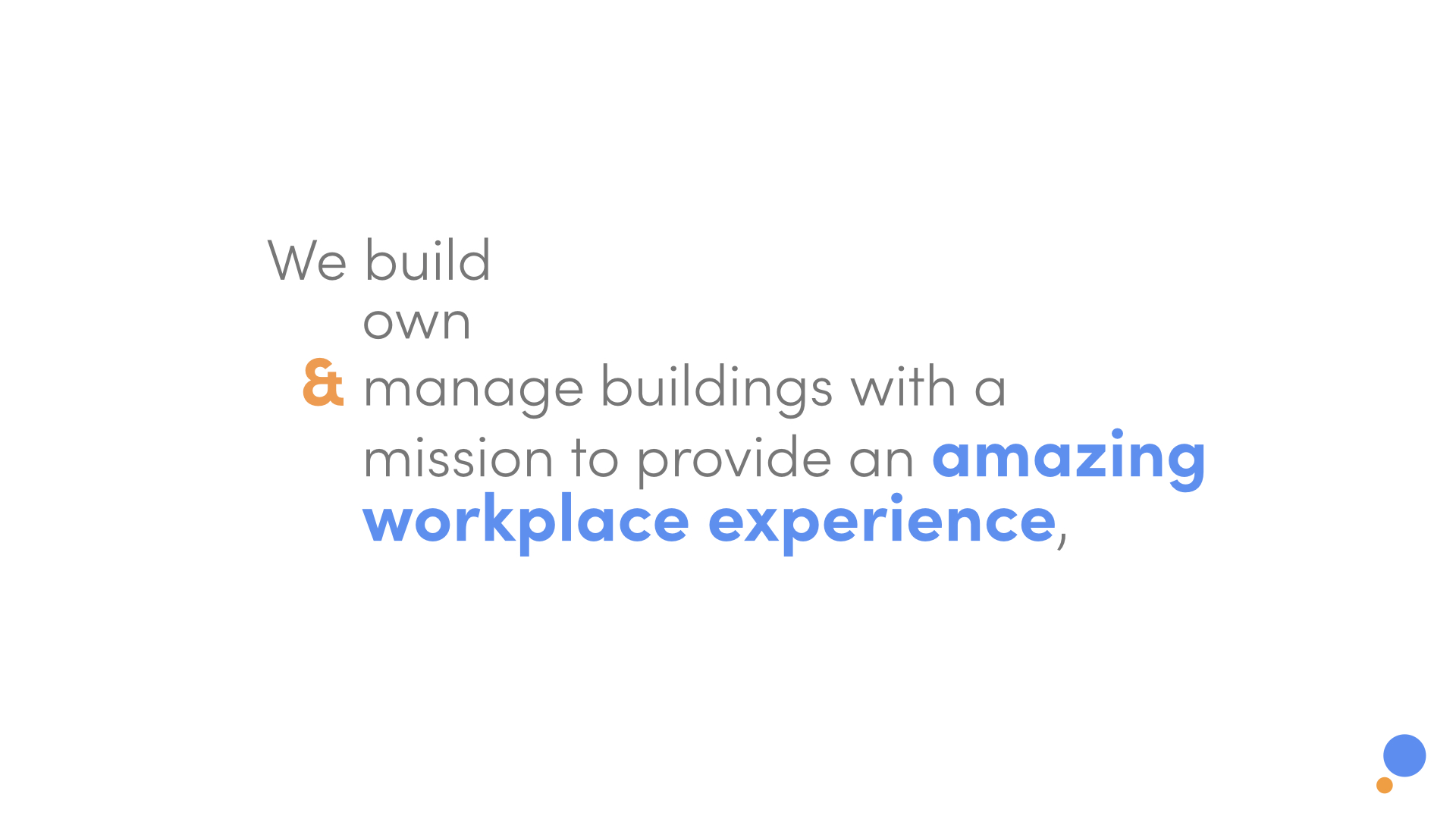
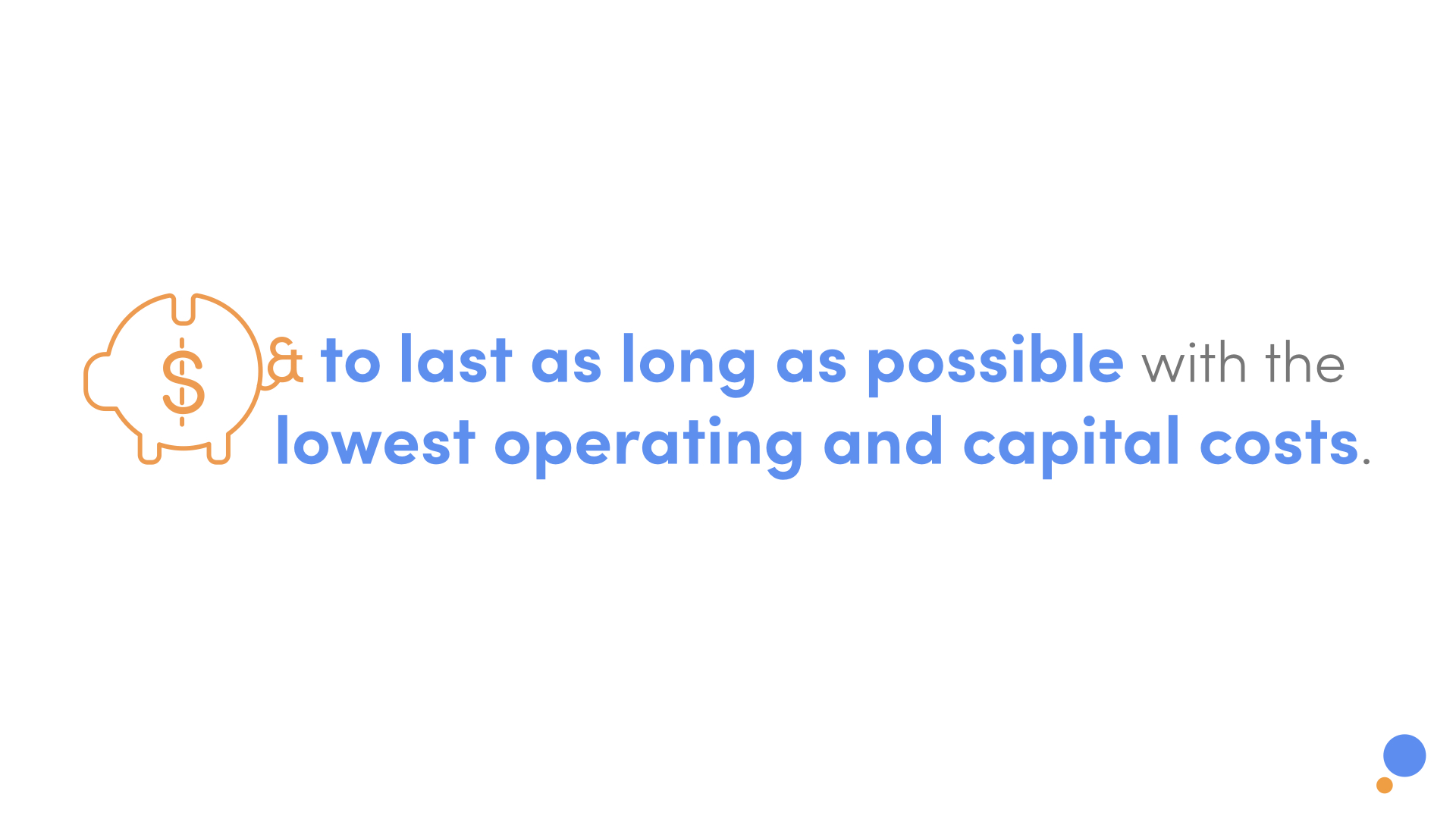
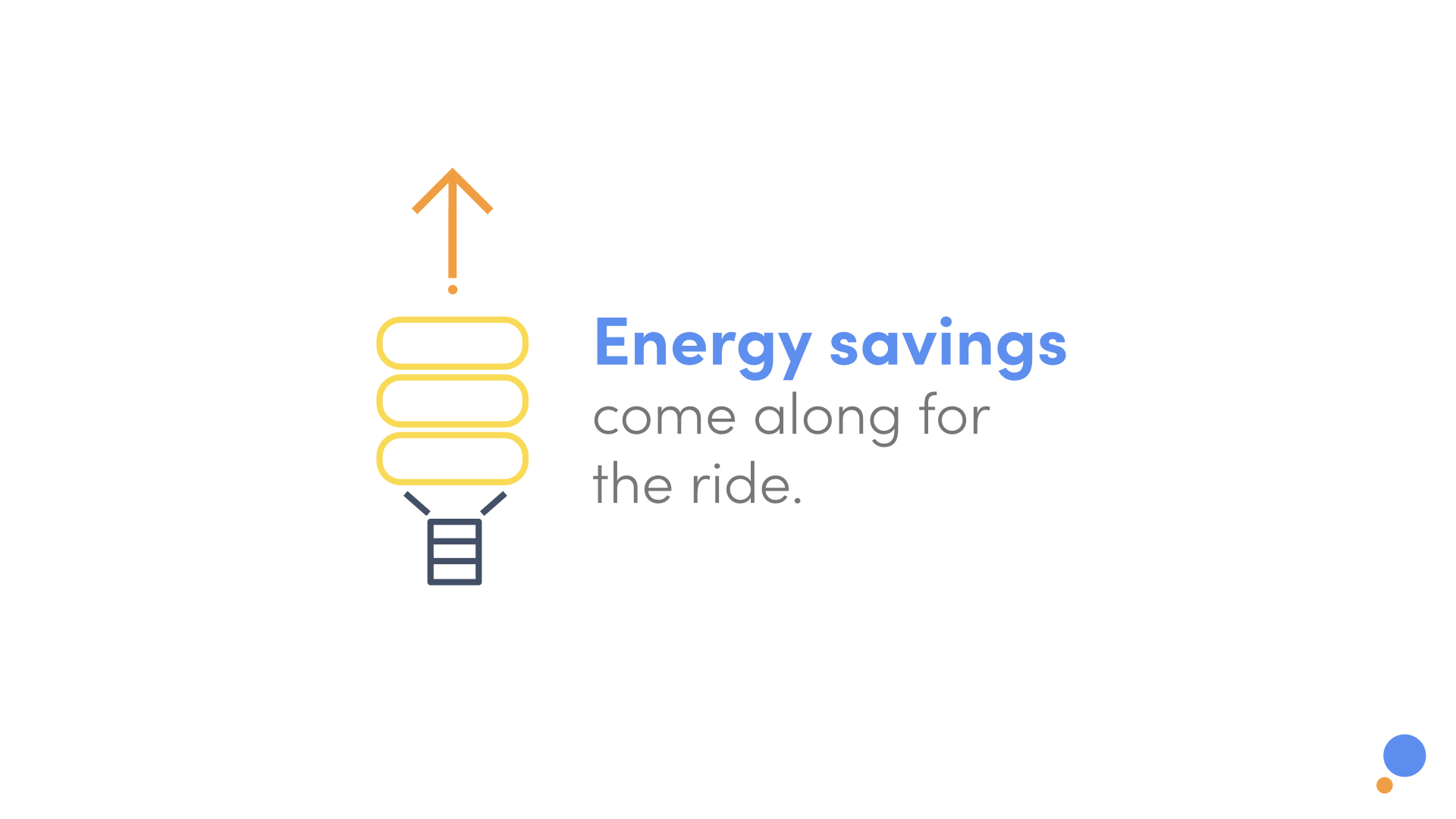
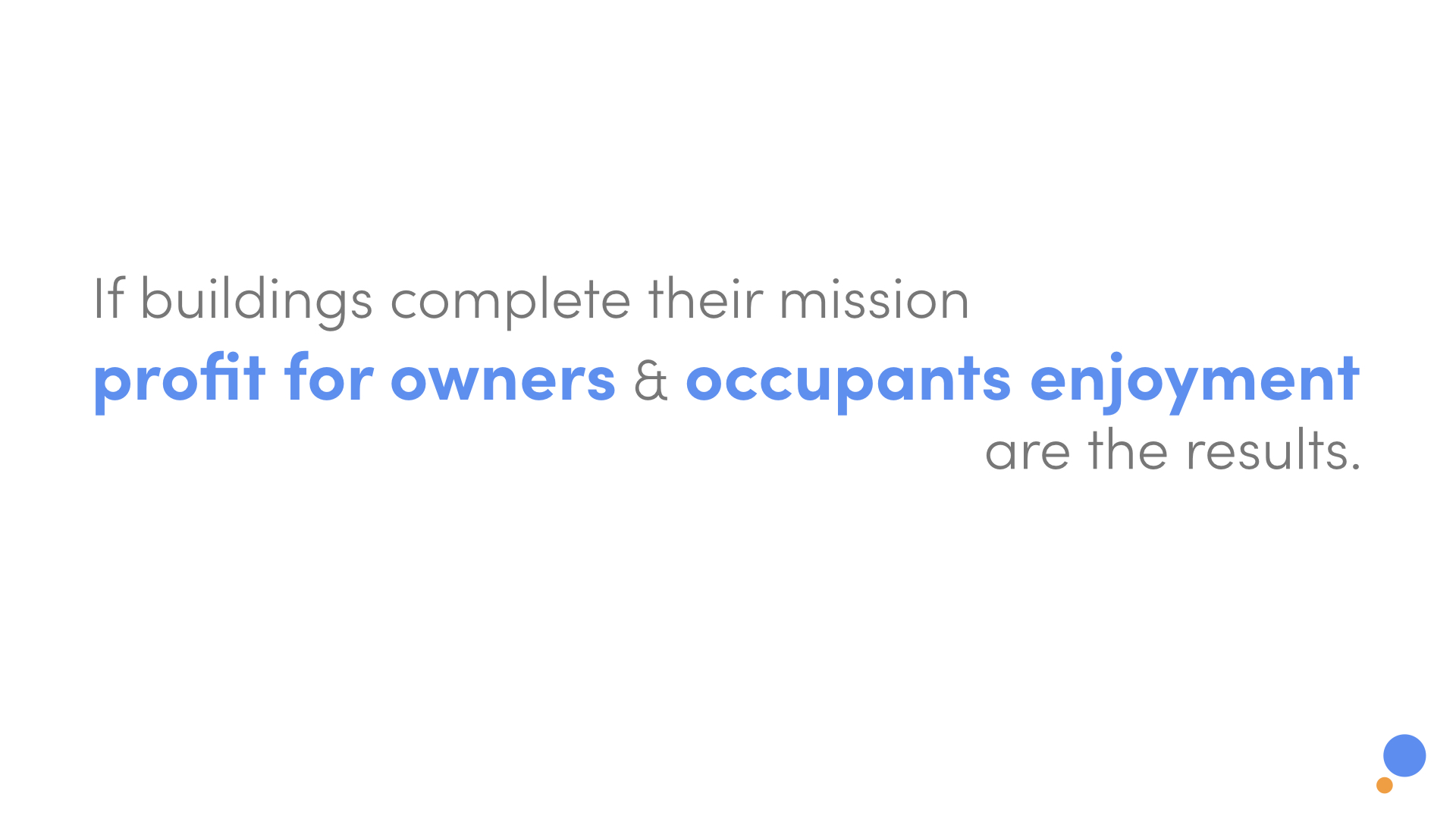

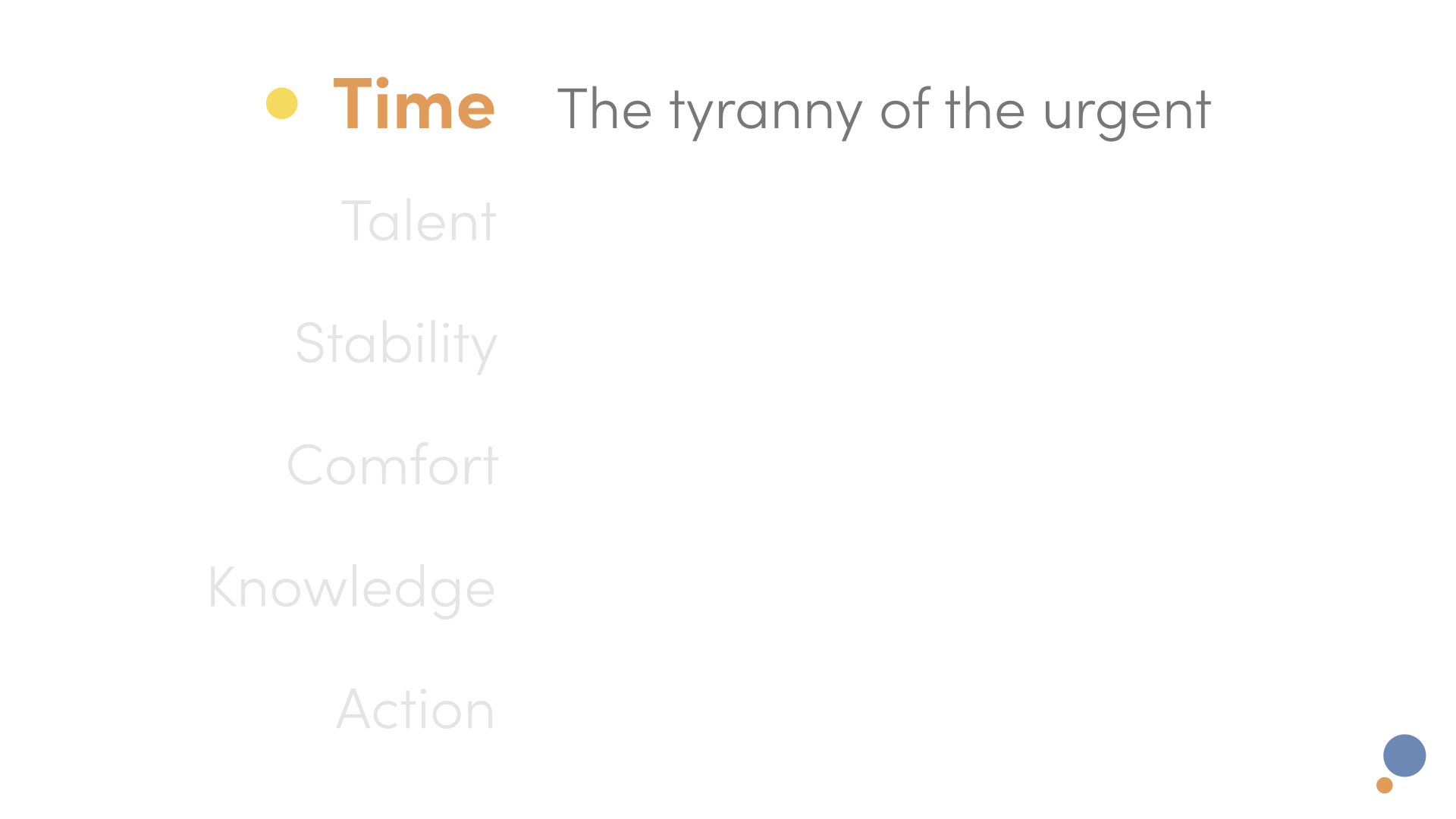
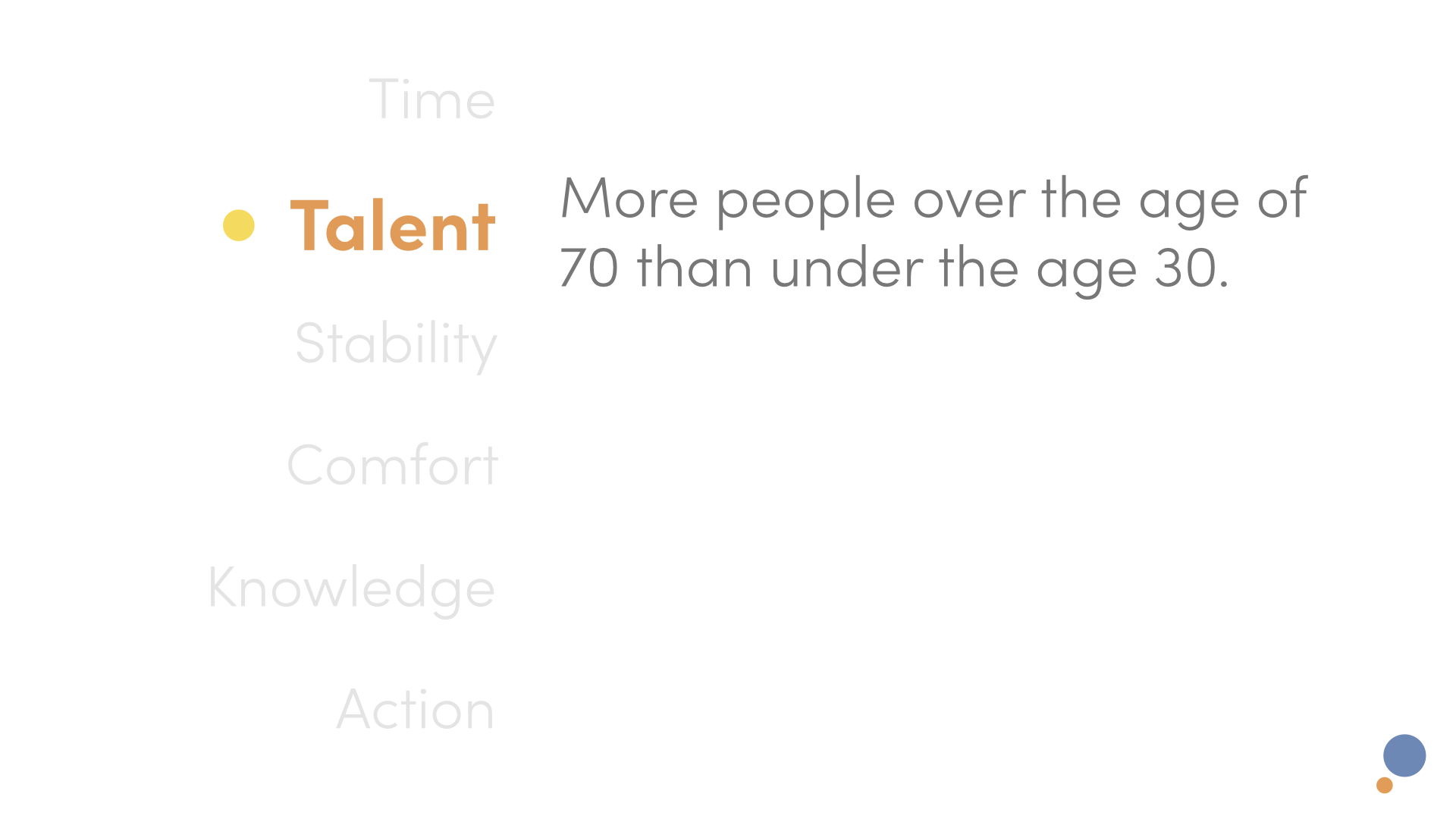
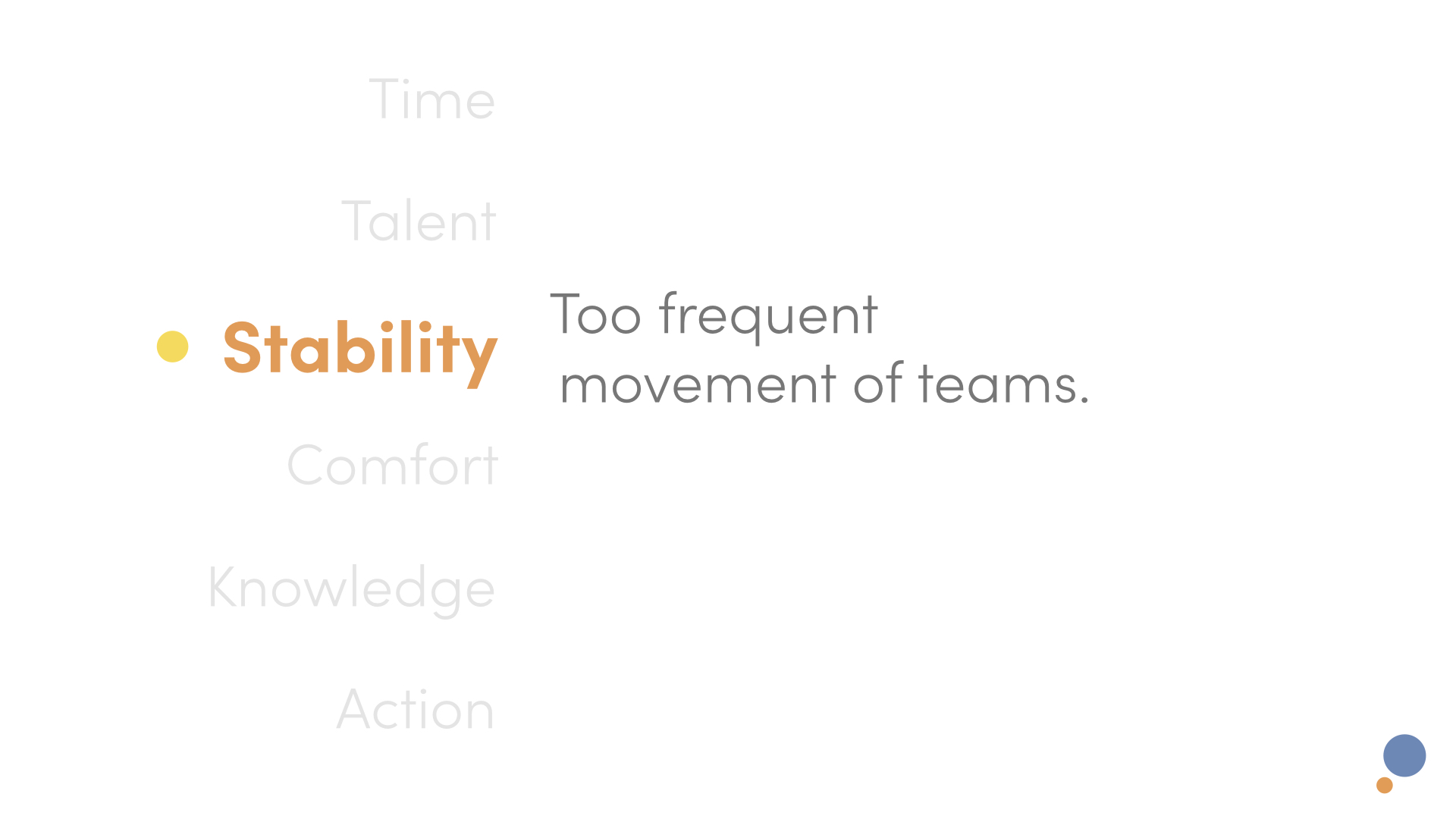
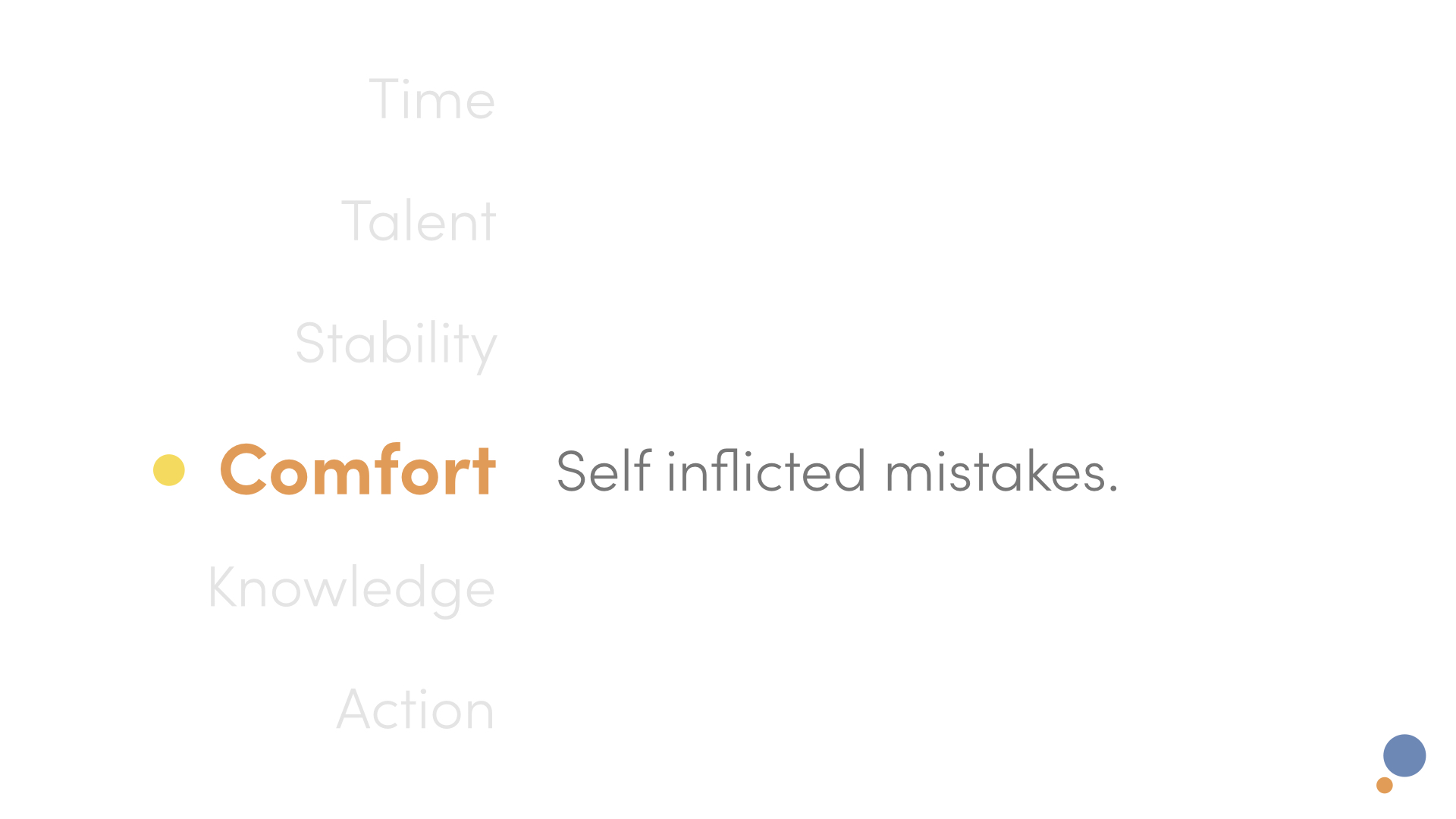


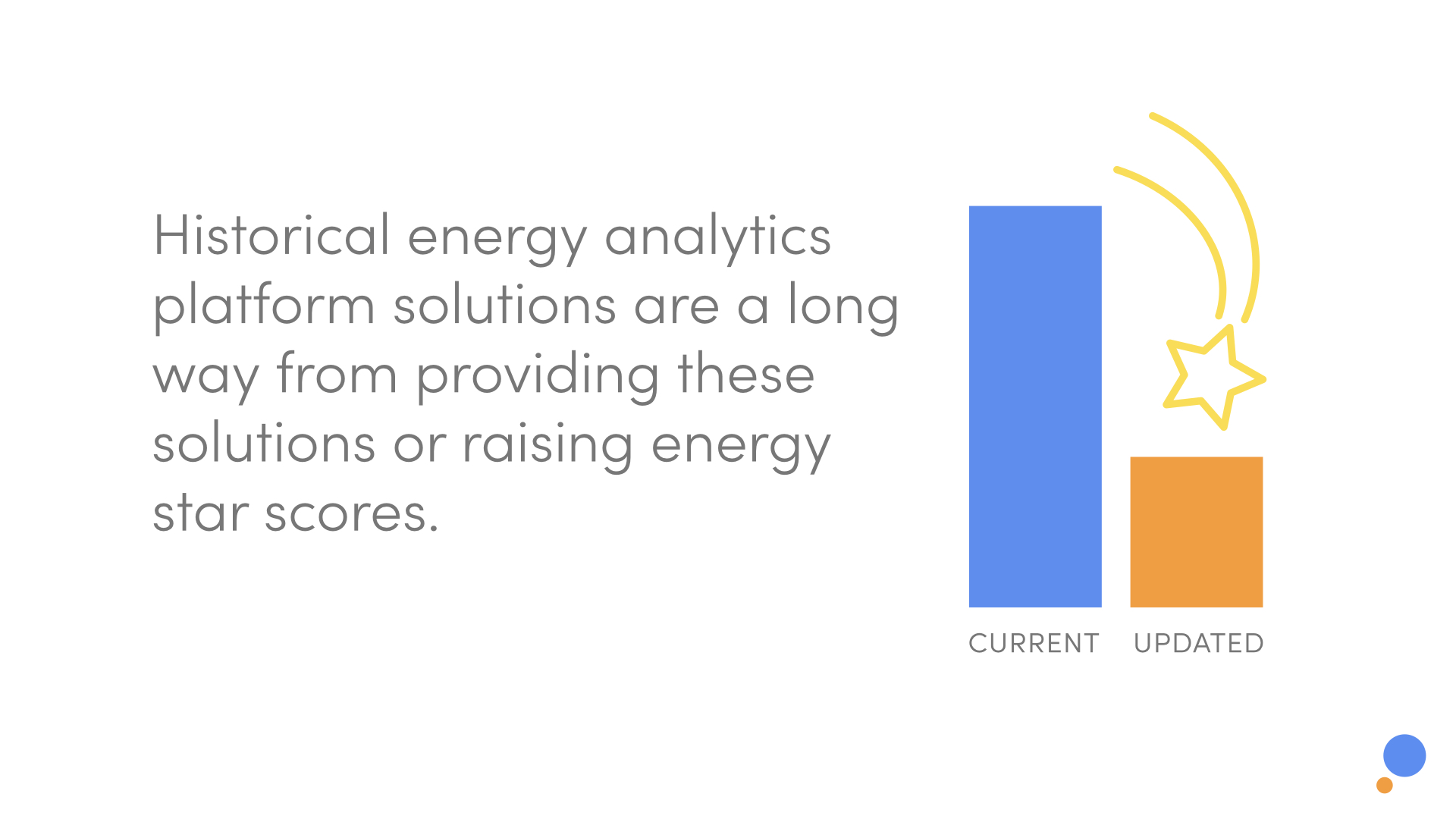

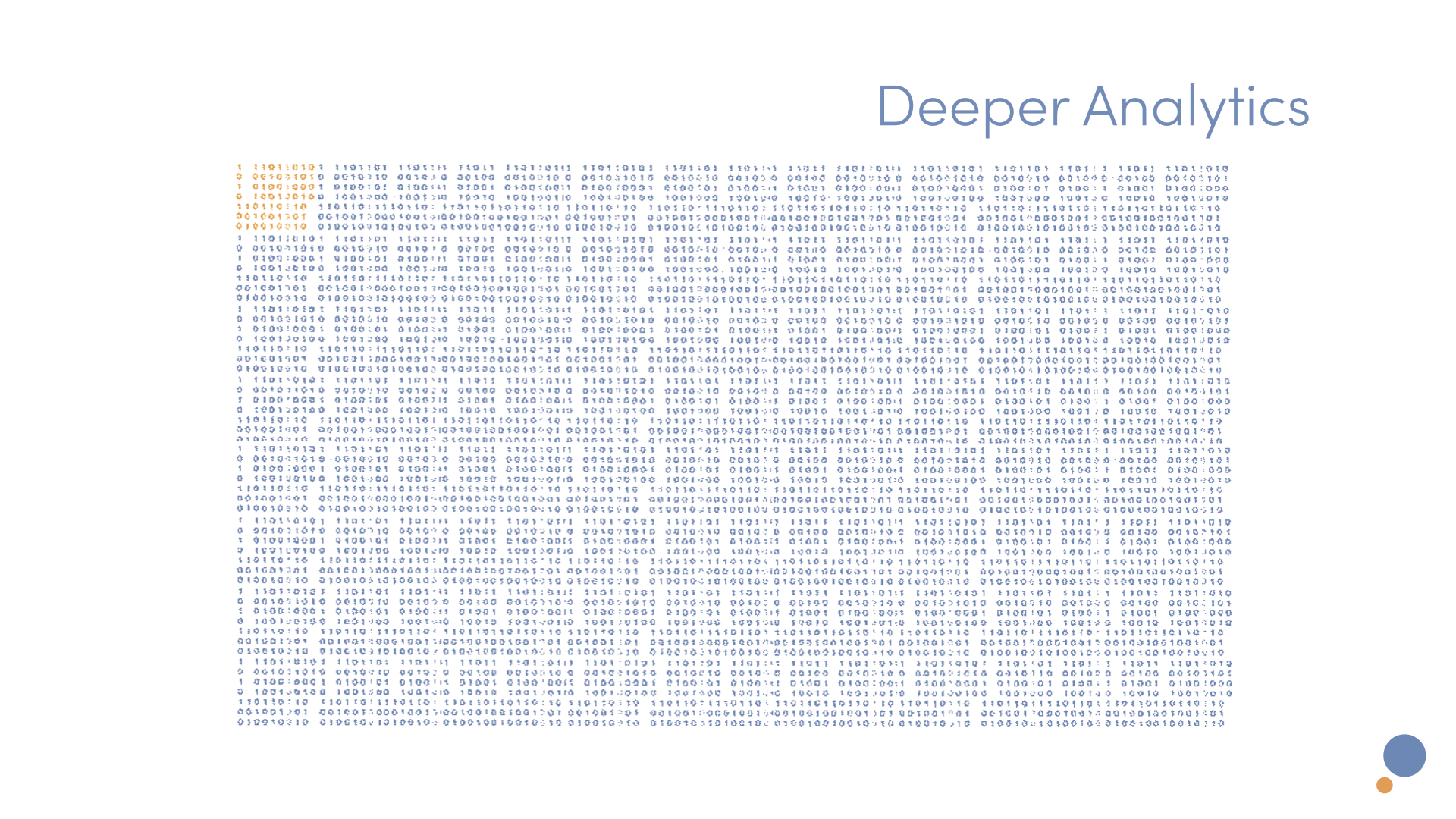
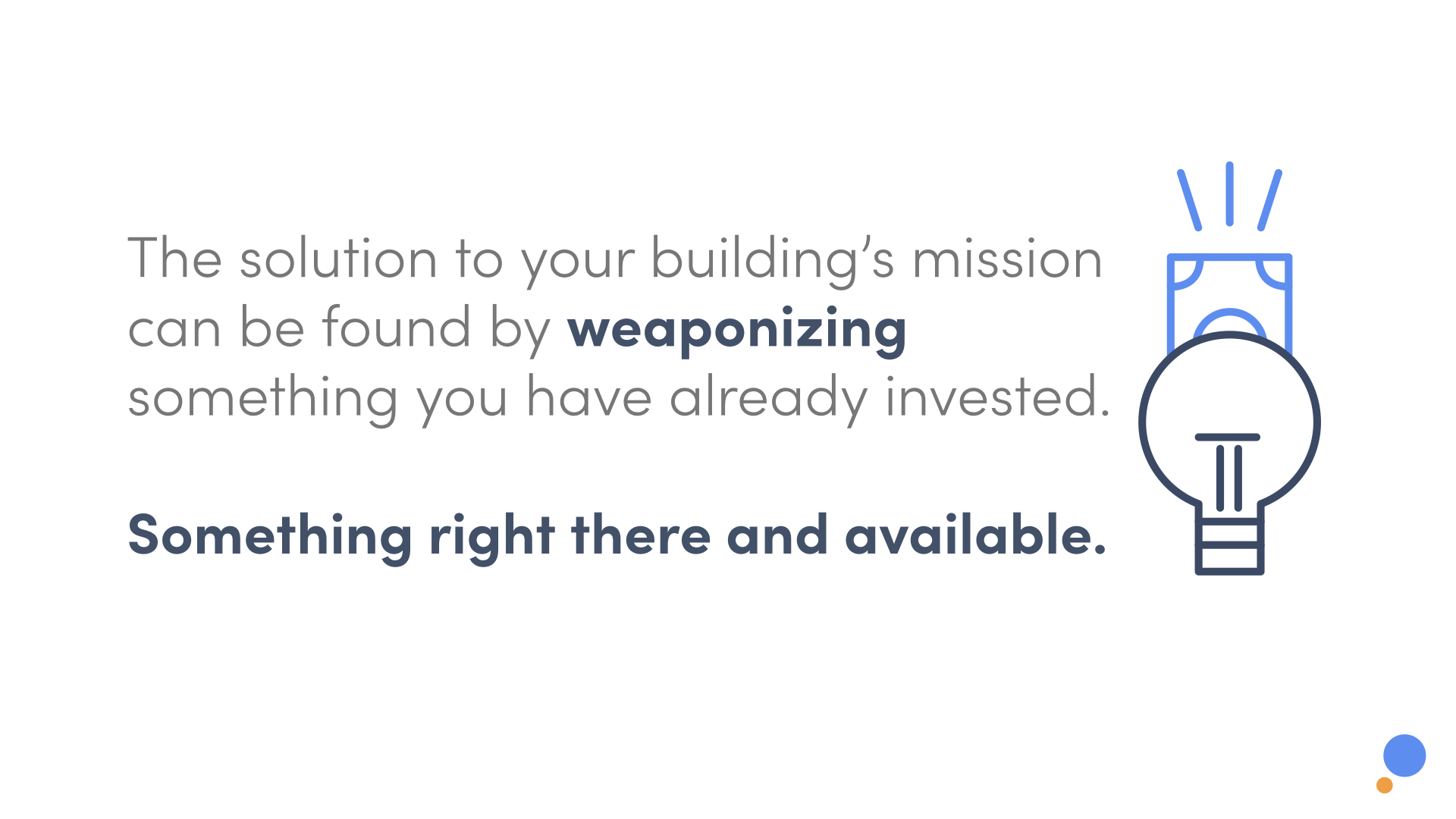
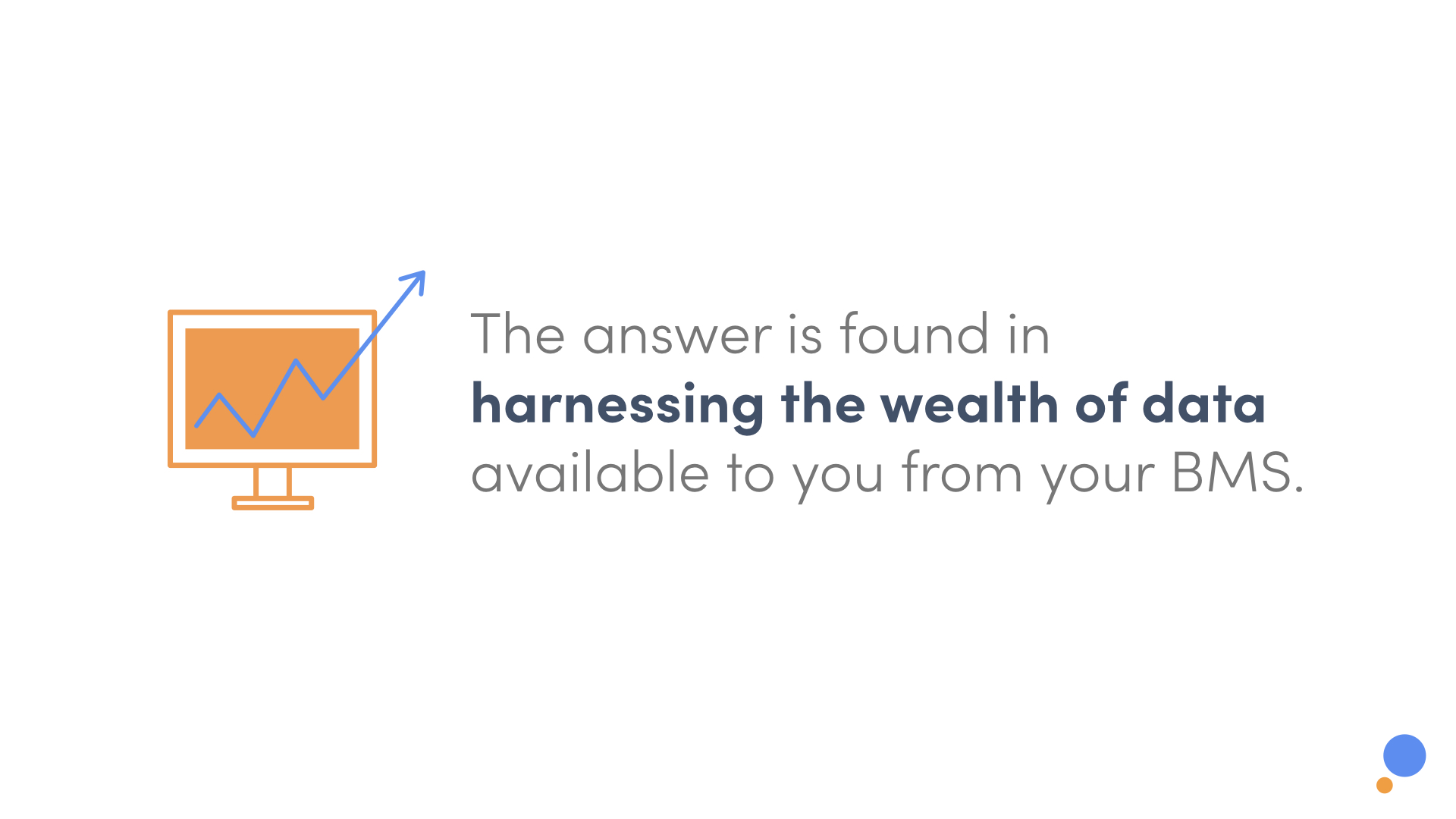
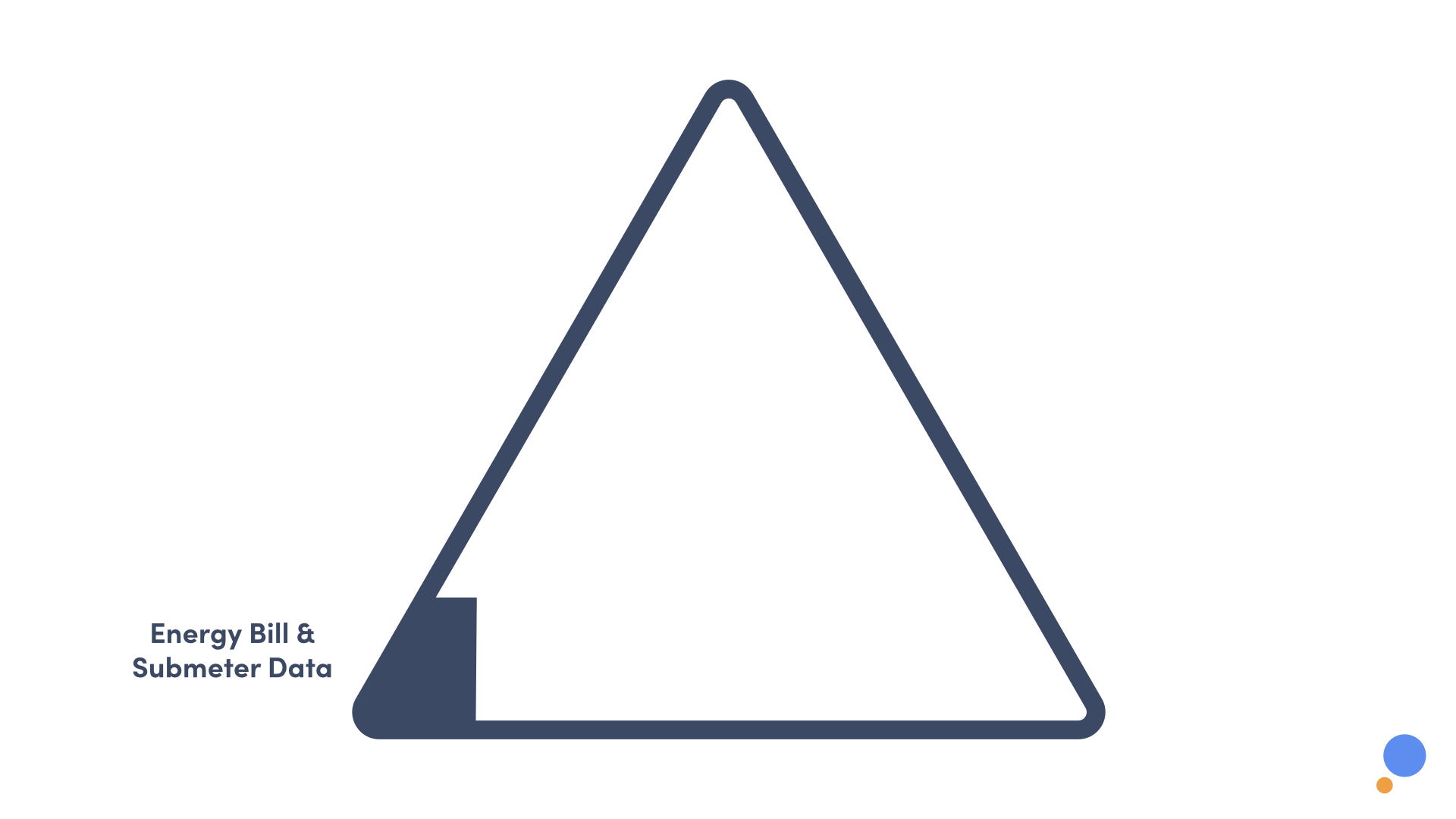
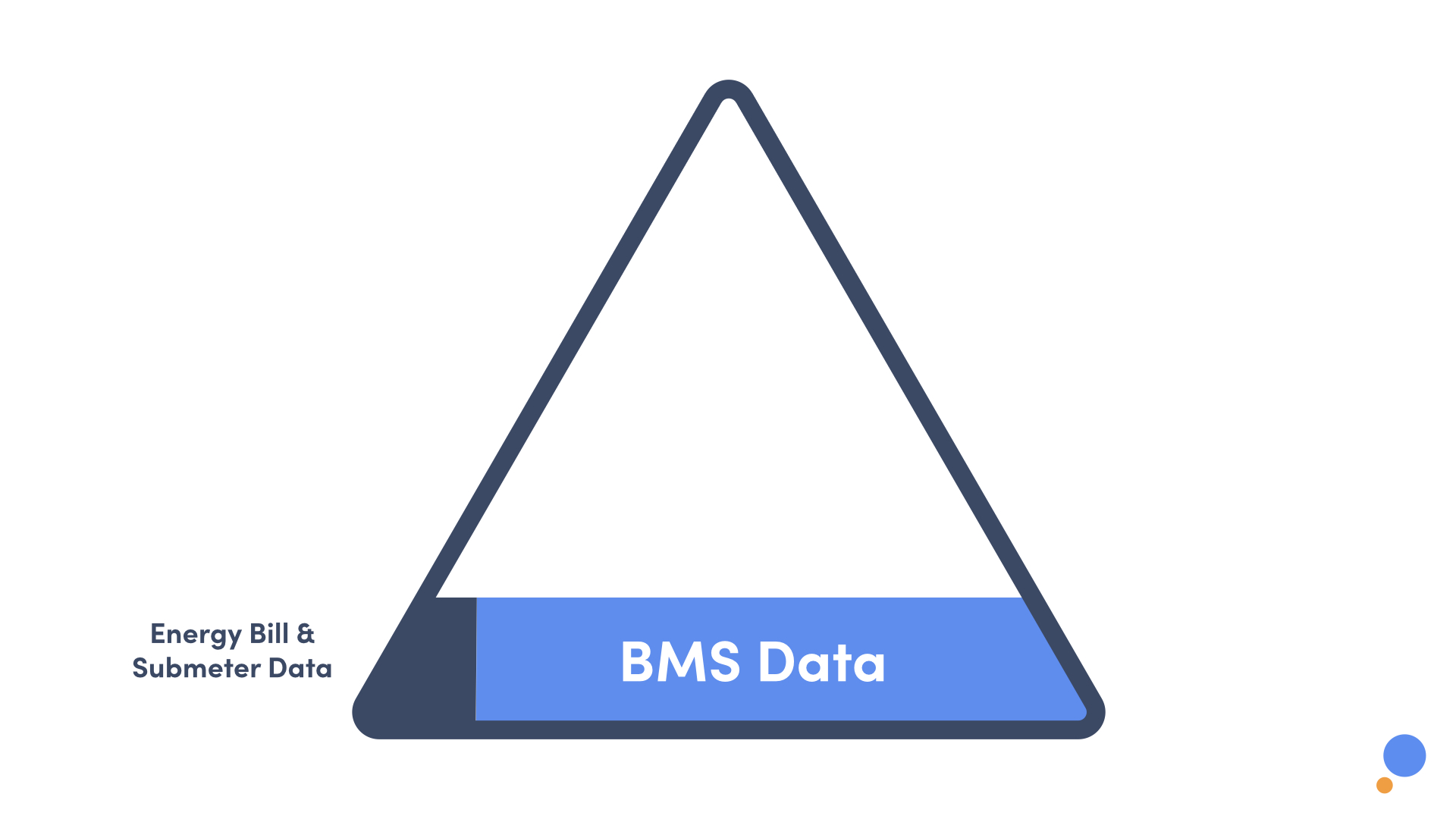
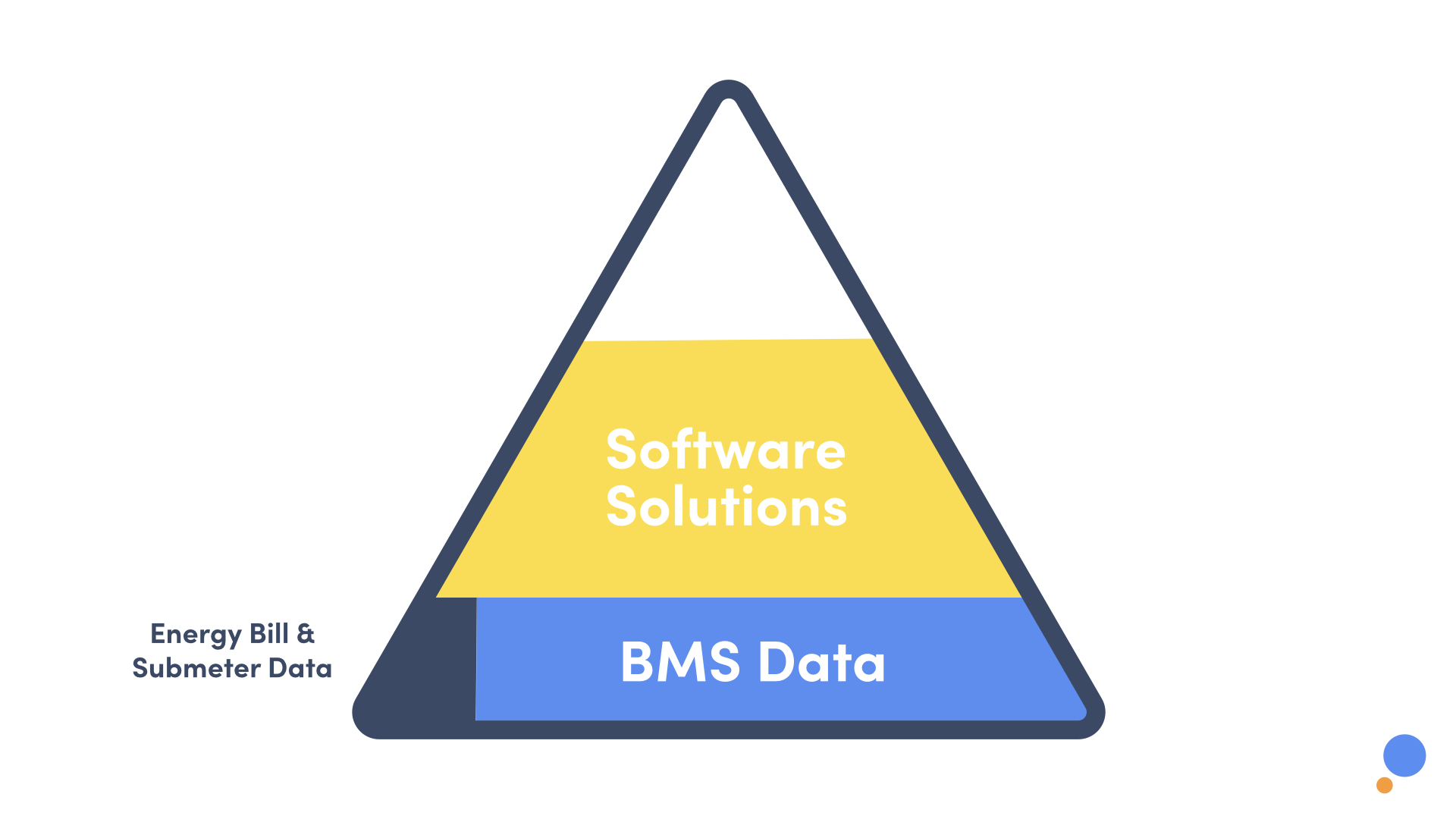
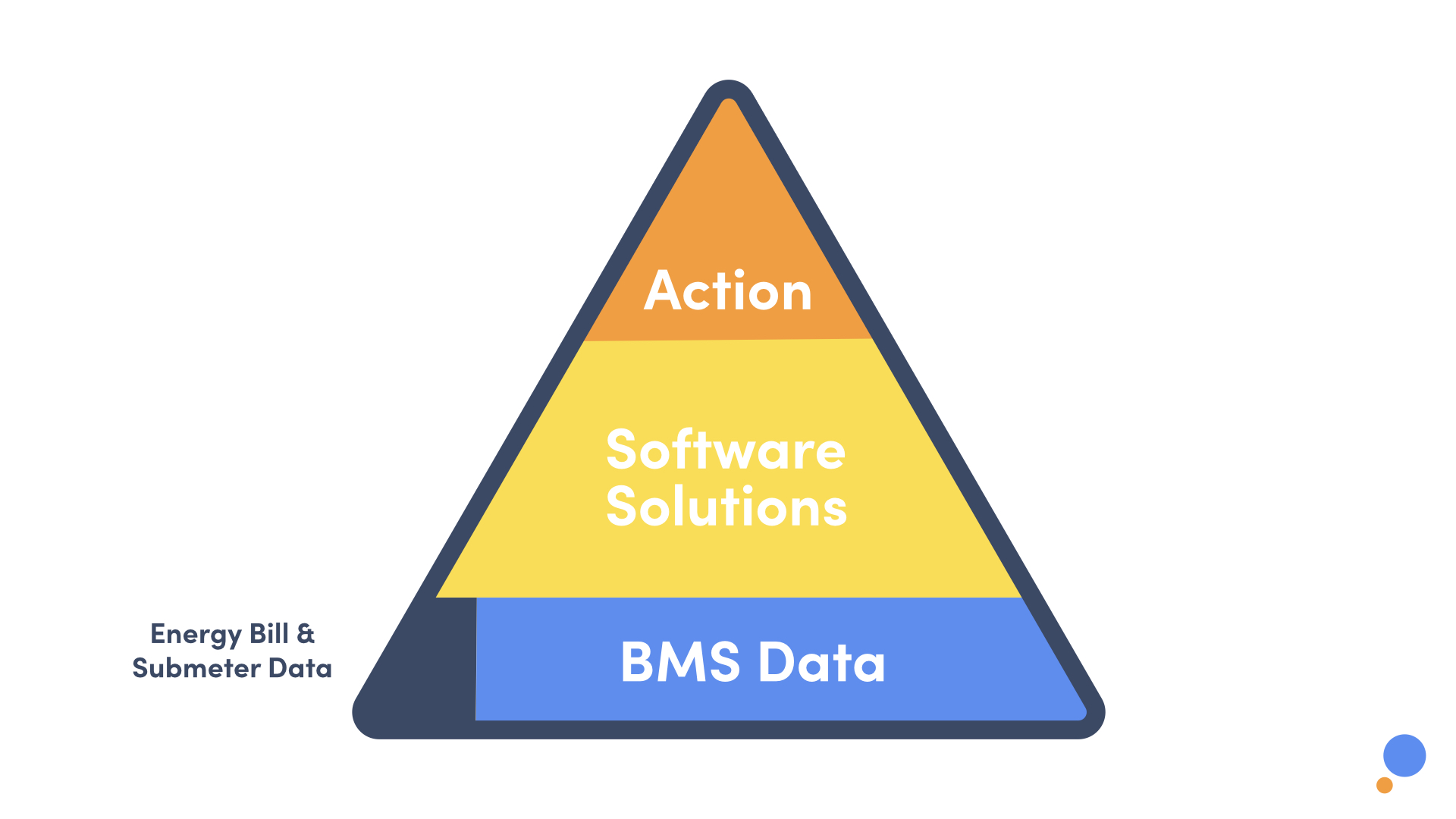
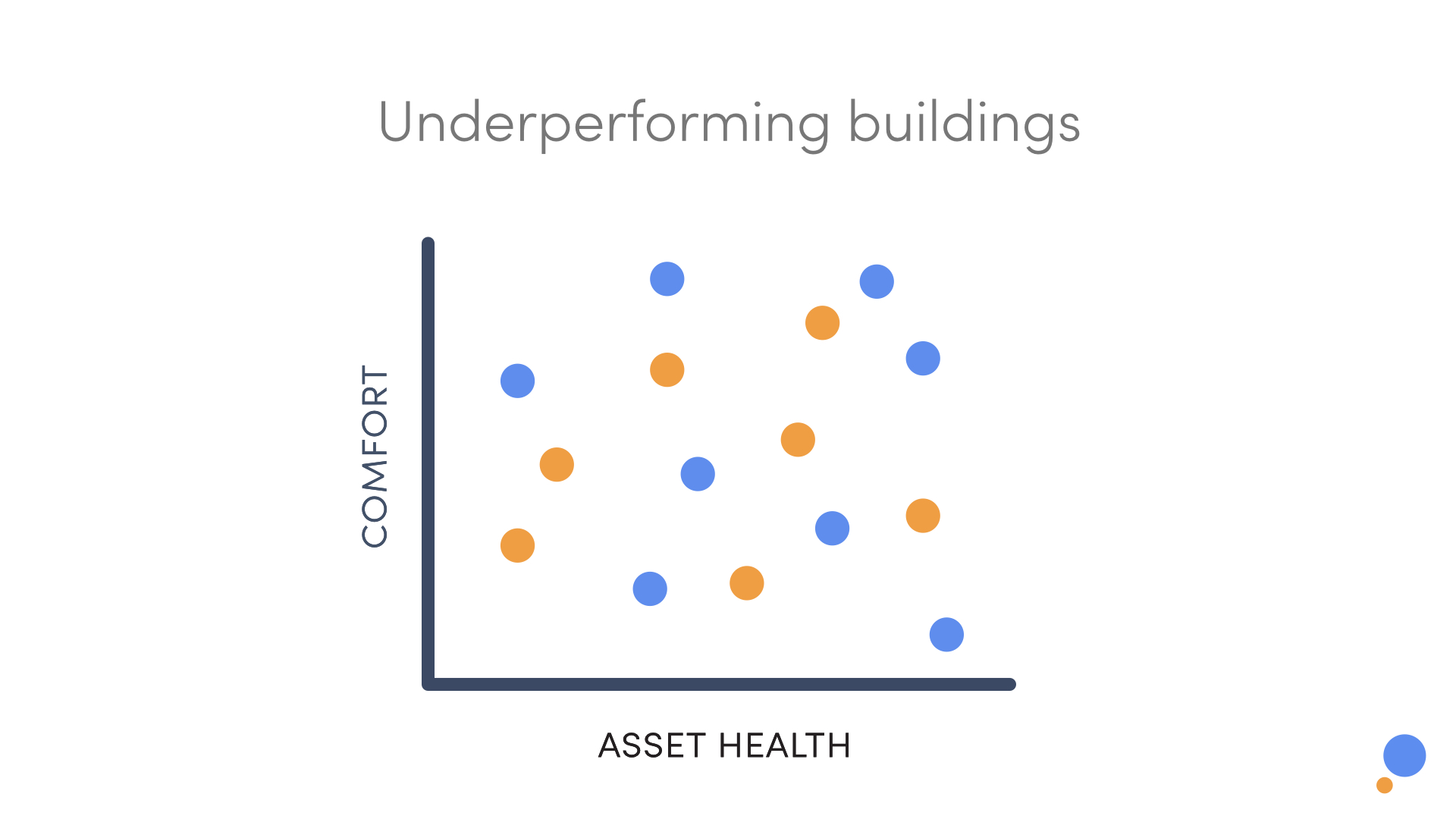

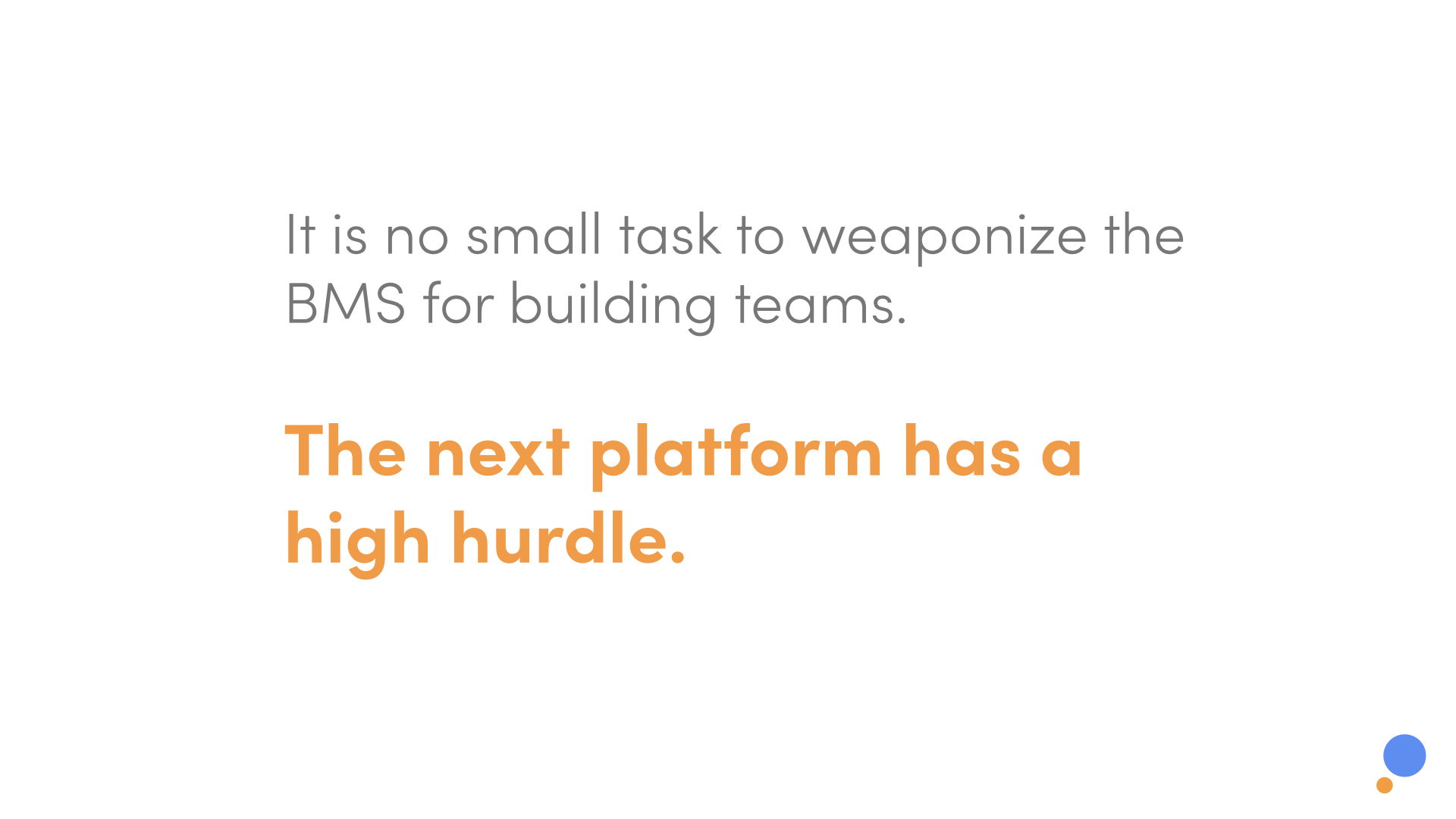

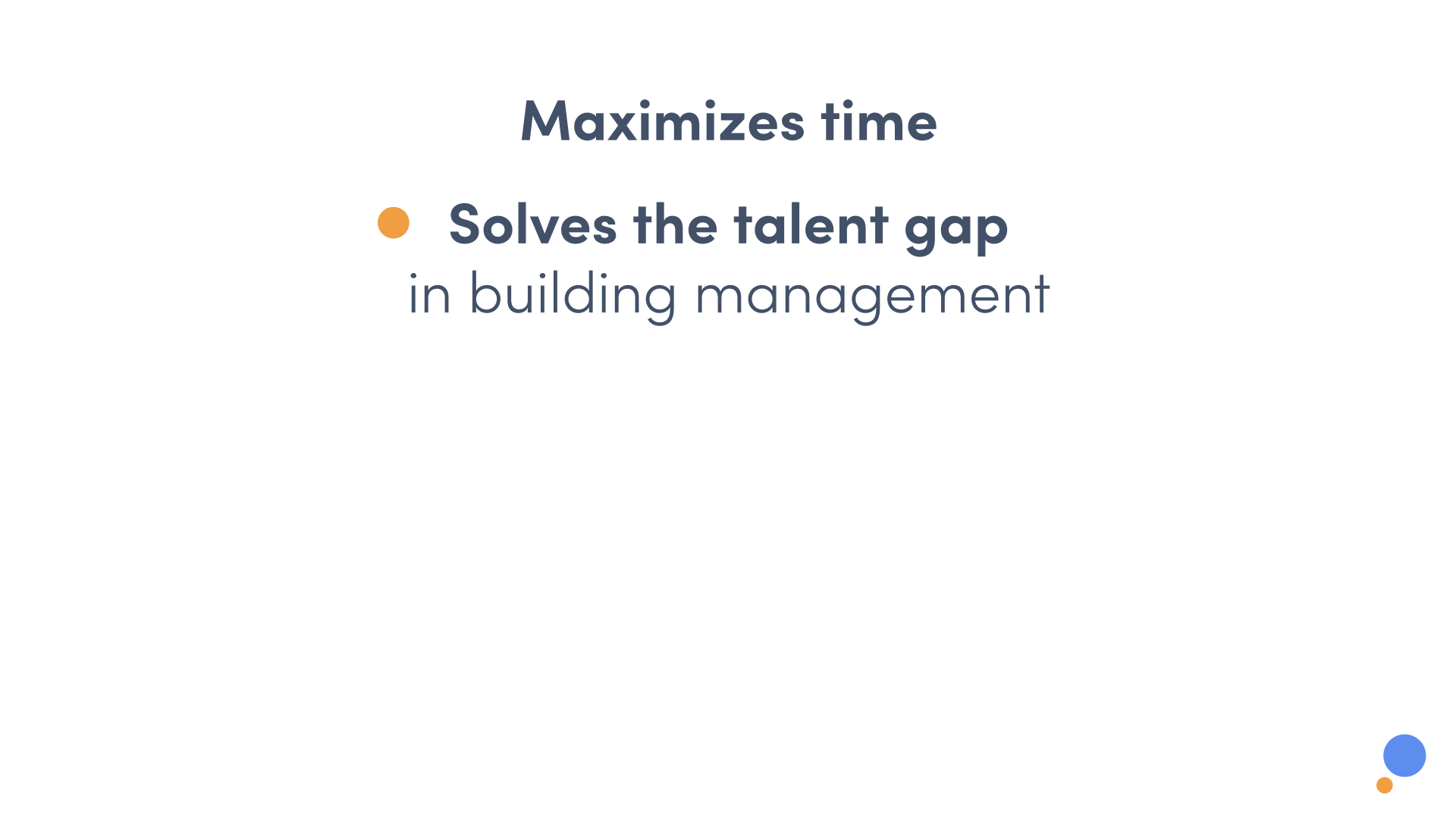
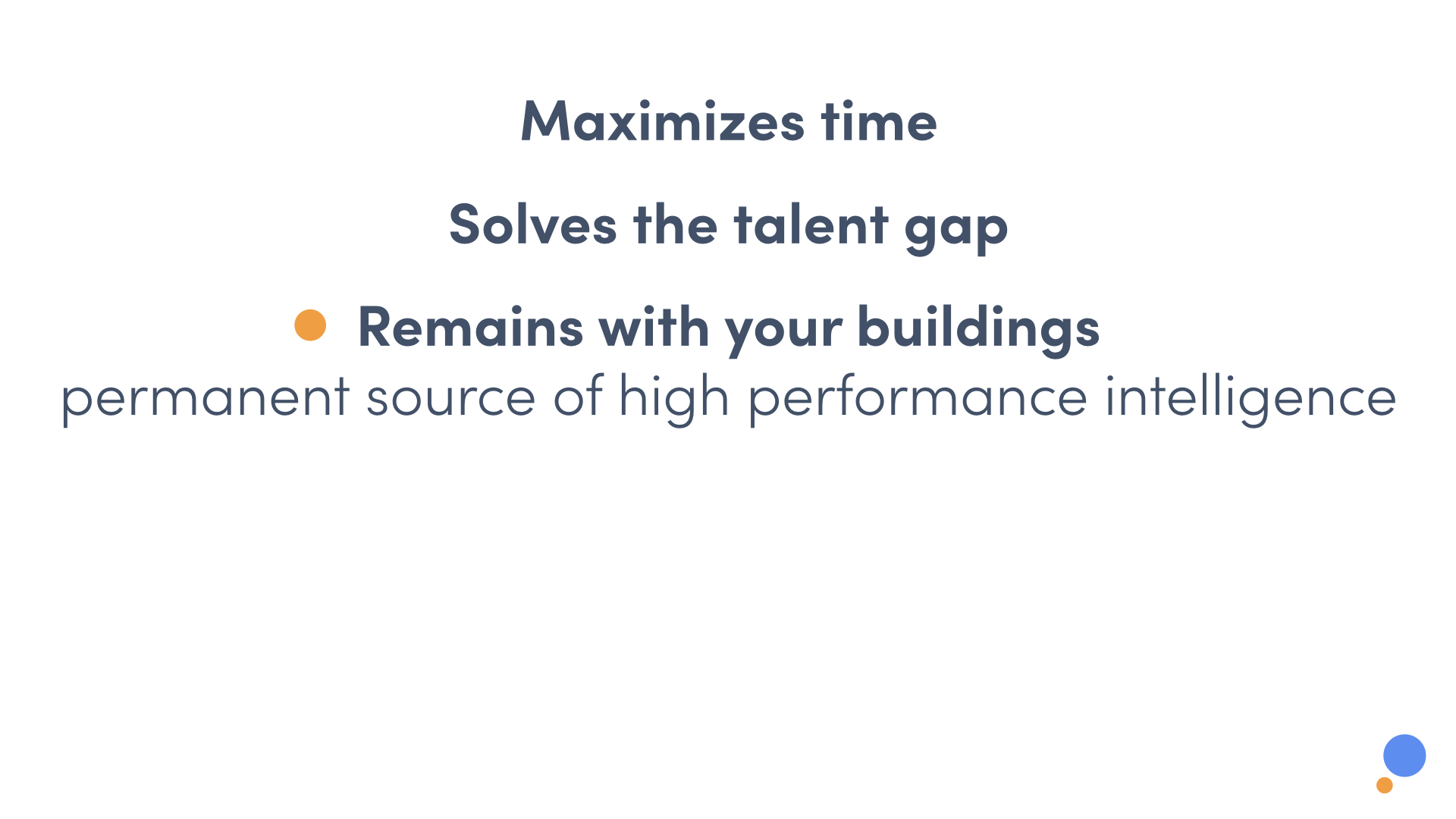
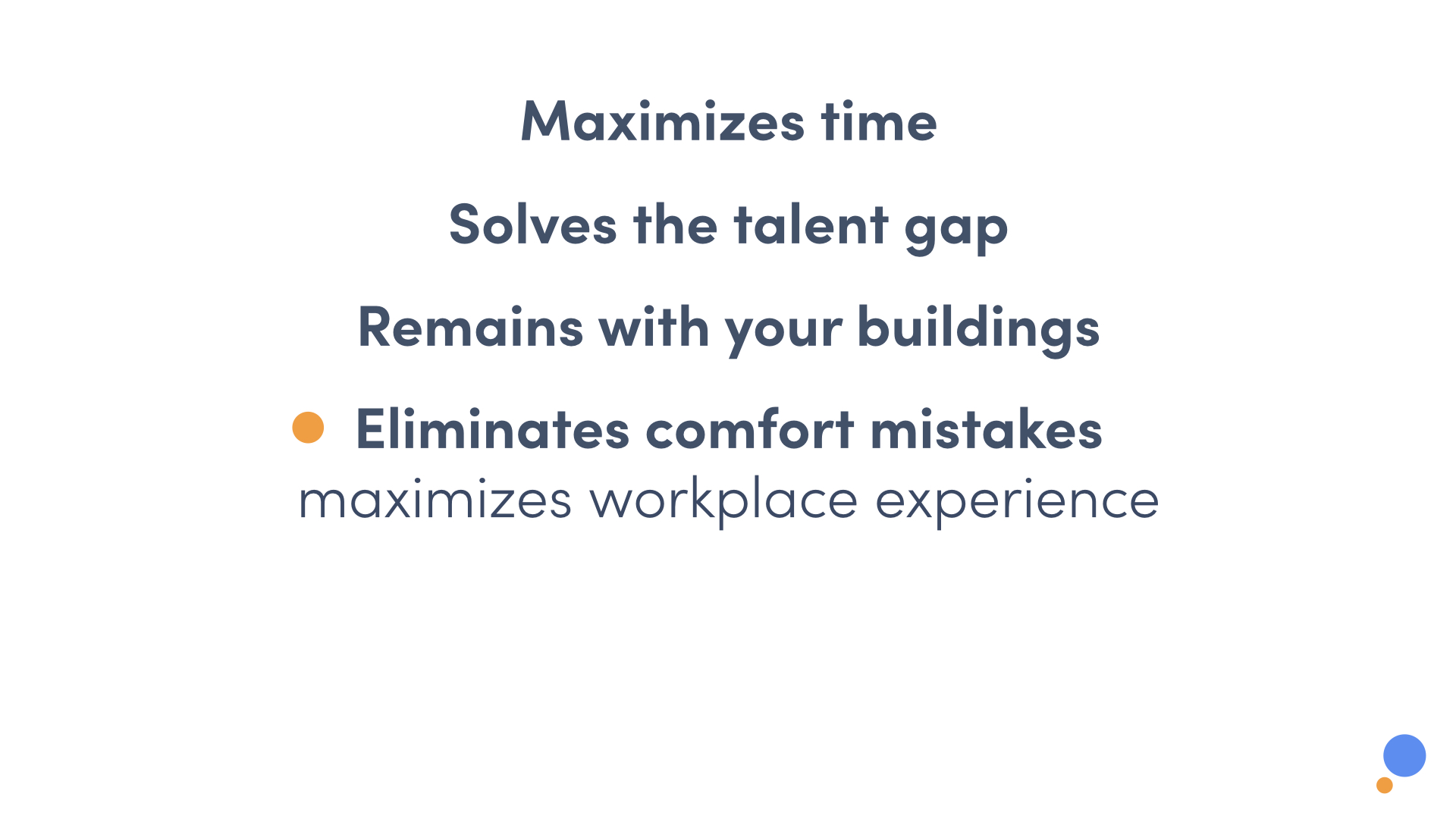
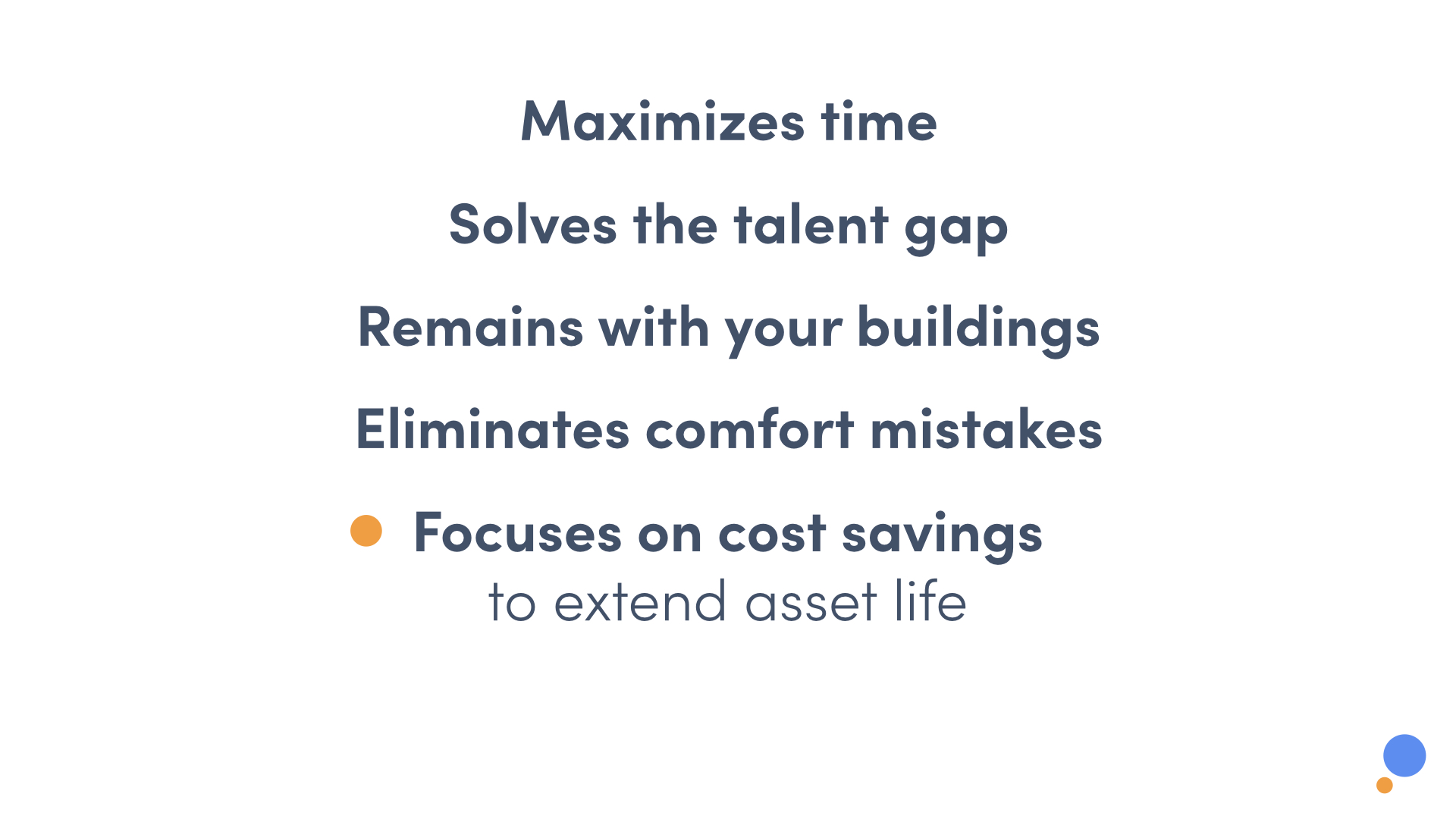
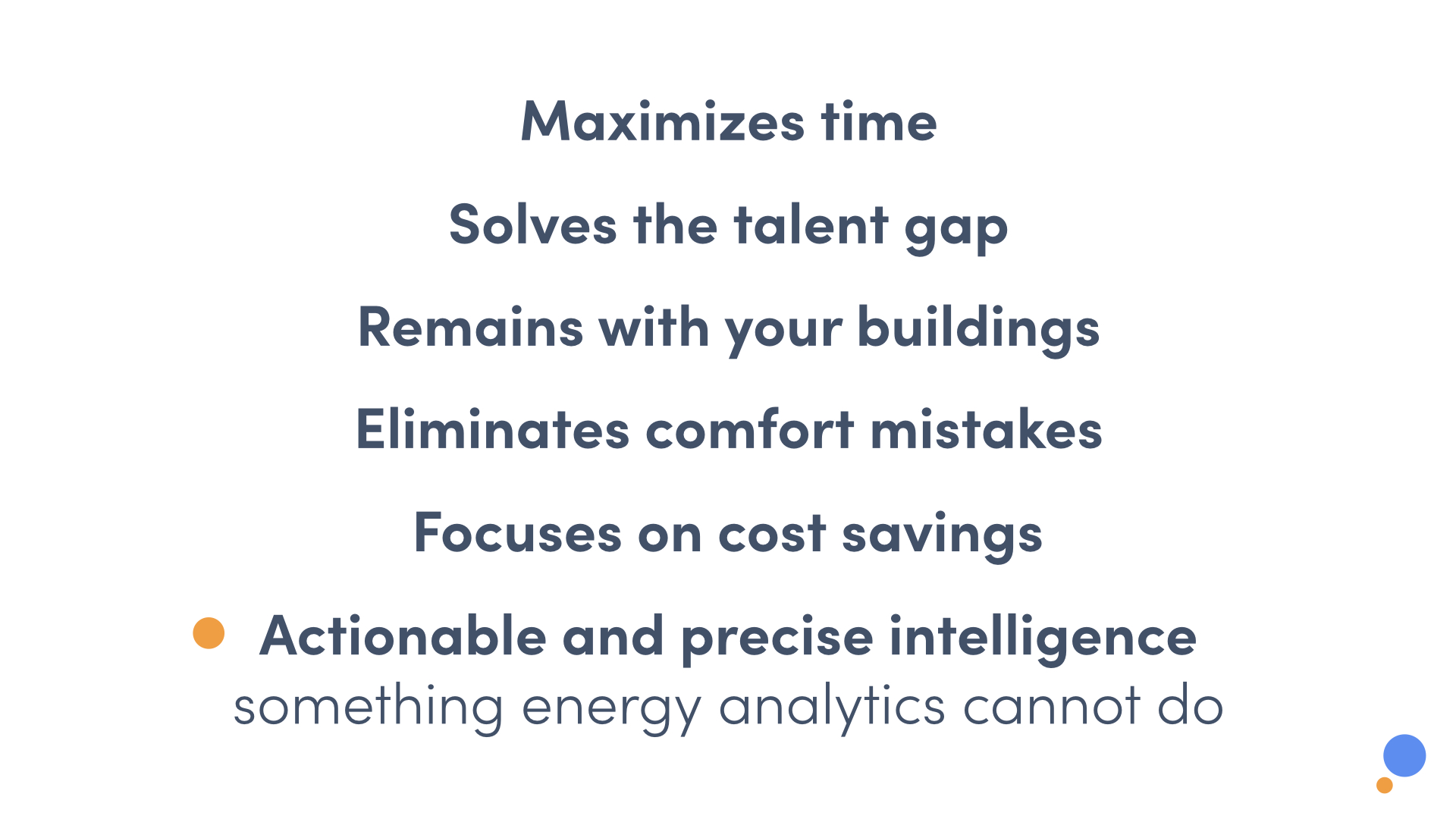



VIDEO TRANSCRIPT
Hello everybody, I'm Shannon Smith, I'm glad to be here. I'm the CEO of Abundant Power now known as PointGuard. At PointGuard we're committed to innovative and impactful technologies for building teams to help them realize higher building performance. But I'm not here to talk about me and hopefully here to talk about something that's important to you and not often discussed. And that's a question of whether or not buildings have a mission? How many of you have mission statements? I know we do at PointGuard. Missions are important. It helps you determine where you're going, what you're all about, and what's your purpose? I believe buildings do have a mission and if building is complete their mission, they will have an amazing impact on your businesses and on the people who come to work and to live in them every day.
So this conversation we're going to have today is going to be about what is a buildings mission? What are some of the things that are keeping buildings from completing their mission, and how certain older technologies maybe are failing on the job and what new technologies, new software like PointGuard can do to help buildings complete their mission. So let's get going.
Now one of the things has always found curious in the conversation about analytics and building and building software is that so much focus is on energy analytics. But we don't build buildings to save energy do we? We actually build buildings to provide an amazing workplace experience and to last as long as they can at the lowest possible operating and capital costs. Energy costs just come along for the ride. So if your building completes it’s mission and does those things, great workplace experience at lowest capital and operating costs. What happens? Profit for the owners and great enjoyment for the occupants and the tenants. So I want to talk a little bit now about what can be done or what stands in the way of buildings completing their mission. They're really six things that come to mind to me and I want to talk about it and maybe some you know. But here listing them out can tell you a little bit about why it's so hard for building to complete their mission. And then what and why software sometimes doesn't really do the job.
What is time? It’s a tyranny of the urgent today. We have so little time we had one building manager say I have one click in one minute. The next is talent. There's a major talent gap today saying a recent study by RIBEX says that there are more people over the age of 70 in facility management than under the age of 30. The third thing and this is really builds off of time and talent, is stability. We have less time and less people. You're moving teams around more and the knowledge is embedded in the building and how it performs is being lost. There's a lot of lack of stability today. Comfort is an important aspect of a building's mission. We found at PointGuard buildings are not within three degrees a set point, one out of every five days during occupied hours. It's the one thing you can’t control in your operating of a building and it's the one thing you don't. Knowledge everyone knows in the facilities space that knowledge is reactionary, it’s static is based on the things that the vendors are telling you to do and is still visual today so little data is being used deeply in buildings to help them complete their mission.
And the last the most important thing that keeps buildings from completing their mission is action. Nothing good happens in a building unless you know exactly where to go to turn a wrench and so much of energy analytic software and software is being used a day in facility management doesn't have any idea where to tell people to go to improve their buildings. So here's your analytics, is a long way away from helping millions complete their mission. Recent Energy Star score recalibration might even tell you that even more, the average office building lost 12 points of Energy Star score in August. Energy analytics is just a small part of the data opportunity deeper building analytics is the real picture that you have today. So what can be done? How do you begin to take technology and help a building complete its mission?
We believe at PointGuard to the answers right in front of you. What you already have invested in the building, you're building management system. There's a wealth of data there that is underutilized. It may be the most important asset you have in this journey. How does that work? You start with your energy bill data, that's a very small part of it. Then you take all your BMS data. The next most important thing is having some form of software solution that can help you process said data. But it has to do the most important thing of all and lead to meaningful action. If it does that the building can complete their mission. If you take a look at all the pieces of equipment that are available and you're BMS you can begin to look at it in terms of comfort and asset health and with the right kind of software tools you can take all those pieces of equipment and move them into the highest asset life in the highest possible comfort delivery.
So at PointGuard we think that the next platform has to meet a number of goals and that’s how we designed our facility management platform. It has to maximize time, has to be intuitive, straightforward, easy to use, it has to solve the talent gap. It has got to allow one person do a lot more work than before and also attract younger talent into the facility's space. And if you're outsourcing your facility services, they're facing the same challenge. Using a PointGuard software, one person can manage over 20 million square feet. That's over 20 times the current rubic used by facility management today. It needs to remain with your building. It has to amplify local knowledge all the people that have come through all the people that know that building, that information has to be captured and algorithms and machine learning, and it has to stay with that building for the next owner and the next management team. We have to eliminate comfort mistakes. You have to be able to deliver 100 percent comfort 100 percent of occupied hours. If you do that you eliminate over half of your comfort complaints. It's an amazing outcome and it's something that building management is not doing today at all.
Instead of focusing on energy we've got to move to something bigger and more important, something in the mainstream of what real estate is all about. It's about your assets. It's about operating expenses. You want to extend your asset life. You want to replace assets when you want to replace them, not when the vendors tell you to replace them. Operating data is single most important piece of information missing from building management. They were the only asset class it doesn't replace equipment based on operating information, replacing static nameplate maintenance information that's not accurate and billions of dollars are being wasted today. Lastly it's got to be precise. It’s got to stop wasting time, tell people where to go to turn a wrench to improve your buildings and help them fulfill their mission. And those are the six points that we designed our platform around to deliver that kind of value to the people that use it. So it's time to go beyond energy Analytics. In my opinion it's time to for buildings to help complete their mission to provide maximum occupant comfort. To have the lowest possible capital and operating costs and as a result, help you have maximum amount of profit and have the occupants have the most enjoyable workplace experience possible. We can do that and PointGuard.

